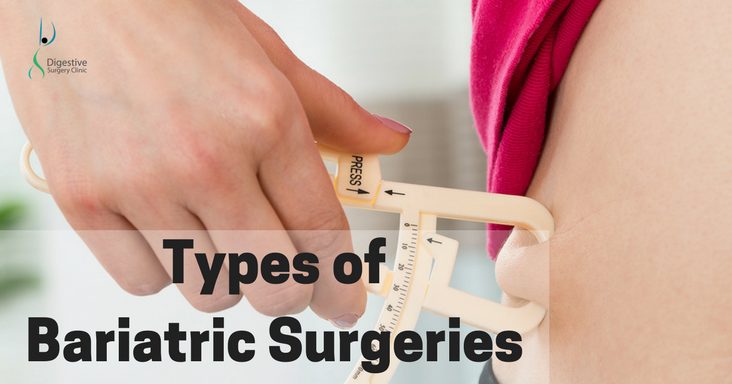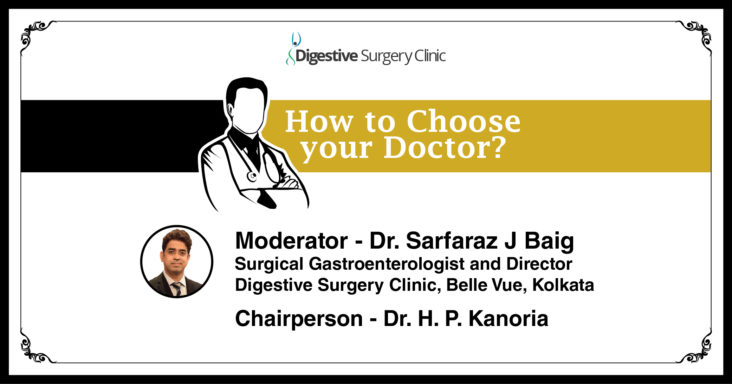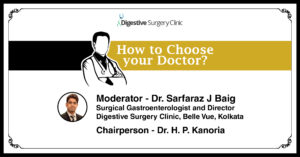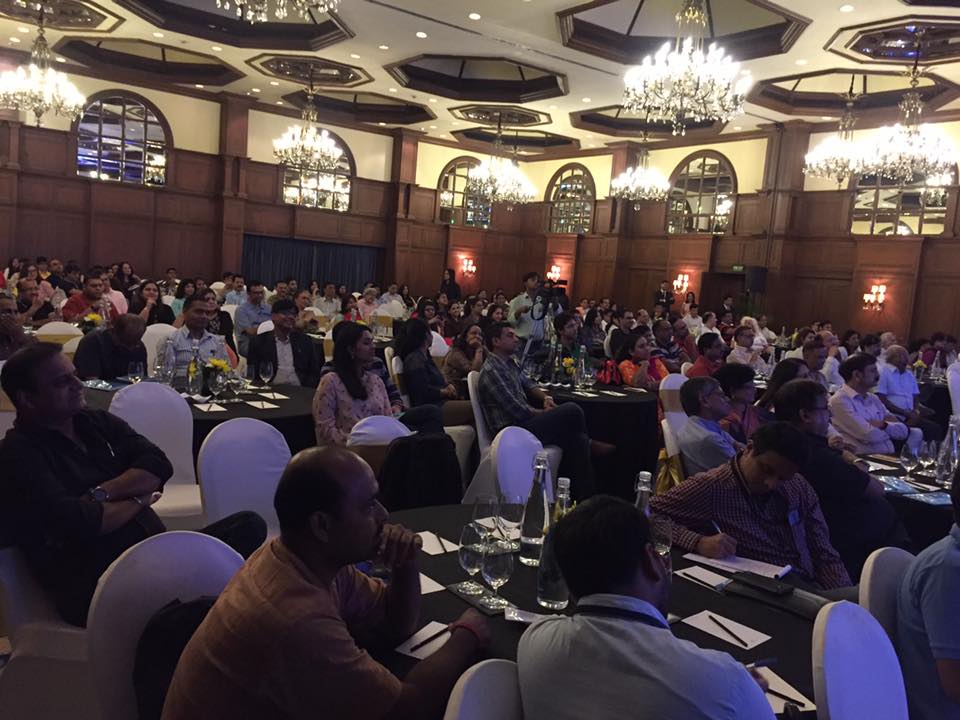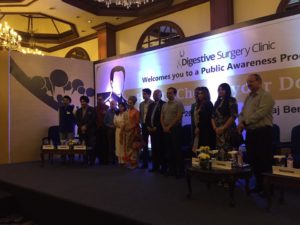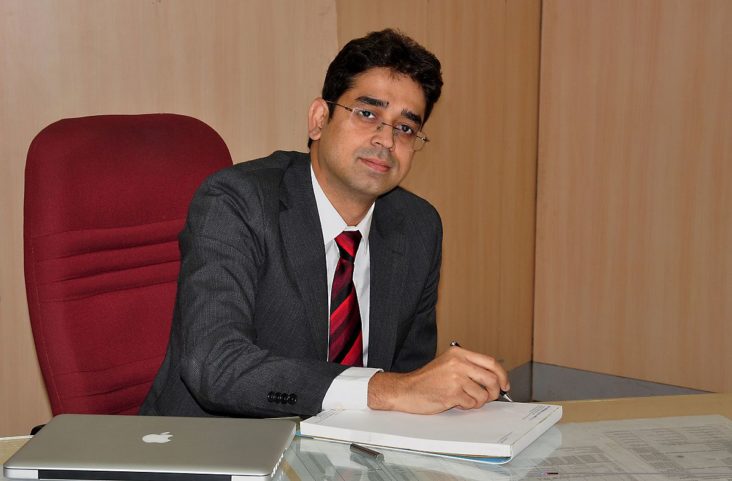Now that the doctors nationwide are crying foul over the allegations against them by the media and the politicians, time has come to introspect into what went wrong between the doctor and the patient. It is necessary more than ever now, since a recent survey showed that the majority of the public perceives doctors as one of the corrupt community in the society.
The following developments have taken place over the last few decades that may have eroded this relationship.
1. The major cause of conflict seems to be the cost. There are several reasons why the cost has spiraled up.
A. The local nursing home and the unimpressive clad doctor on the street has been slowly replaced by the cravat-wearing, polished and gadget friendly doctor inside a giant and expensive multi-specialty hospital. It’s a no brainer that the cost inputs in these establishments have translated into increasing the cost of treatment. It’s important to note that the fees of the doctors in majority of circumstances have not gone high commensurate to the hospital costs. This may come as a surprise to some of you. In a hospital I worked in earlier, I used to get 18000 Rs approximately for a 6 hour surgery and a 10 day postoperative care whereas the hospital expenditure was somewhere near 2.5 lakhs. Laymen, of course, have a misconception that doctors get a percentage of profits from the hospital bills. Nothing can be further from the truth!
B. The Governments worldwide, except for the Scandinavian countries, have failed in providing reasonable healthcare to the masses. They have realized how expensive and complicated it is to dispense medical care. Private healthcare wasn’t supposed to fill in this gap but unfortunately that’s what is happening. The majority of the lower and middle class society chooses private over state health institutions for want of better care but are not prepared to afford the bills of these hospitals.
C. There has been considerable progress in the technology and drugs used in medical science in the last few decades. CT scans, MRI, PET scan, angiography, laparoscopic technology, stents, staplers, mesh, joint prosthesis, high end antibiotics, anti-cancer drugs, robots- the list is endless. As a result, cost has gone up through the roof.
Given a choice, the insurance is not willing to shell more money on these gadgets.
D. Given the statistics, it is evident that the health care has become safer over the years (critiques, note). Complications from treatment have come down, surgeries have become safer, more accurate diagnosis and precision treatment is the order of the day. A large part of this success can be attributed to the improvement in imaging, lab tests, better understanding of the disease, multi-disciplinary approach and better drugs and procedures. For instance, a patient with gallstones three decades back would need a surgery with large wounds that entailed risk of wound infection, hernias and a 7-10 hospital stay. This, in present day, means a surgery with four tiny holes and a 24-48 hour stay. For this to happen, one needs the hospital to buy the instruments, doctors to undergo a rigorous training in laparoscopic surgery and anesthesia. Ultimately, this means more expenditure.
2. The pharmaceutical and medical instruments industry have participated in a competitive race (sometimes unhealthy) to boost their sales. The accusations against doctors regarding unethical Practices perpetrated by the industry – sponsored vacations, paid conferences, unnecessary tests and procedures- have long been piling. It is acceptable to believe that where there is profit, there is corruption! However, nobody knows the extent of this industry driven problem. Although the critiques claim it is rampant, it’s probably blown out of proportion! In fact, the Medical Council of India also has laid down guidelines for ethical practice.
3. Medical science is poorly understood by the external world. Let me explain. There are three kinds of problems- simple, complicated and complex. Adding two plus two is a simple problem.
Complicated problem is like launching a rocket- difficult but possible by solving the issue bit by bit. Rearing a child on the other hand is a complex problem. It’s not a linear issue. There are many factors that will influence the final outcome which ultimately will be unpredictable. Medical treatment is a complex issue. Biology is not linear, hence neither is treatment of diseases. It’s for this reason it is difficult to lay down a single approach for a medical problem.
Frequently, in the treatment of diseases, the course may not be predictable. There may be complications, surprises, aberrations all of which make for interesting discussions in the conference but hardly humors the patient or their relatives.
It is for the same reason that the definition of negligence is not clear cut. It is the absence of “reasonable care” that defines negligence. Since reasonable could be many approaches, it is fairly difficult to corner a doctor for a negligent act.
4. The reaction and tolerance of the patient and their family is changing, probably reflecting the general trend in the society. There is an increasingly intolerant reaction to complications arising out of medical care. This was unheard of a few decades back. People would accept death in a childbirth too assuming it to be an act of God. Not anymore! One hears acts of vandalism often after a death or media reports of accusations citing negligent medical practice. There are many reasons for these.
A. Frequently, there is lack of adequate counselling before the commencement of treatment regarding the potential risks and complications. The communication part is left to the doctor only who may be good in his craft but may not be proficient in this art. Nobody teaches communication skills in medical colleges!
B. Advertisements over promise the results and raise the expectations.
C. Complications imply more cost. And the costs may be manifolds. An ICU care may cost anywhere between 30000 to 100000 rupees a day in a corporate hospital depending on the requirements of a patient. The bill payer of the unfortunate patient is torn between hope and frustration due to the unpredictability of the situation. Some go bankrupt or sell property to pay the bills, some get angry and violent and some plead for stopping treatment unable to bear the financial burden.
Some doctors let go off their fees in these cases to help the patient but that acts as a drop in the ocean.
Death arising out of a complication is an unfortunate incident that scars both the doctor and the family of the patient. Sometimes, the patient’s family accuse the doctors and hospital for negligence and refuse to pay the bills. The bills are usually settled after negotiations and sometimes with the letters from a local politician.
The reality is that complications are an inevitable event in few cases. The risks are taken by the patient and the family prior to initiating treatment. In a climate of trust, it’s accepted graciously albeit with a heavy heart. However, in a climate of mistrust, as seen in recent times, any negative outcome is equated as negligence and frequently leads to disgruntlement and even violent protests.
5. A large part of image building of any individual, organization, product or service lies with the Media. In the last decade, the media has reported adverse outcomes, negligence and deaths from medical and surgical treatment. It’s probable that the success stories and the prolonged training needed to be a doctor has largely gone under reported leading to a biased, negative and unsympathetic perception by the general public.
6. The areas like trauma and emergencies are the bane of modern healthcare. The infrastructure and logistics needed to deliver this type of care is expensive and needs a lot of human resource management. It’s not difficult to imagine therefore why most of the Governments across the globe, especially the less affording nations, is unable to provide a decent facility for Accidents and Emergencies. The private healthcare on the other hand invests a lot in this area because of the demand and the scope of enormous profits from it, too.
However the human nature of the medical profession forbids not dispensing emergency care for lack of payment. And this is where there has been recent conflicts between the healthcare providers and the patients. Some patients get the A&E care for days and then are unable to pay the hospital bills leading to a deadlock situation. In the Indian context, politicians have entered to solve this deadlock mostly with a bias to rein the hospitals. This has led to ugly situations and represented the entire flock of medical professionals and institutions in poor light.
7. There exists a lot of difference in opinion amongst medical professionals. This can be due to feasibility of various options for a particular disease and difference in training that again depends on the geographical area and biology of individuals. Difference of opinion leads to the confusion in the mind of the patient and results in health shopping. This only adds to more confusion and inability to take a decision.
Conclusion
The repercussions of a failed doctor- patient relationship can be extremely detrimental to the society. The effects can be numerous. Many bright students may shy away from taking this profession, doctors may not want their children to enter their profession, there could be migration to other regions, there may be more cases in the court, complaints and even acts of vandalism.
Therefore, we need to examine the reasons for this phenomenon and rectify them.
Much of it is due to the lack of understanding of the complexity and the evolution of medical science which in recent times, like other scientific disciplines, is moving at a rapid pace. Treatment has definitely become safer but unfortunately, at the expense of increased cost. Education and awareness has to increase amongst the general public regarding the same.
However, there are many specific areas in medical profession that needs to be addressed more objectively and immediately – cost, ethics, advertising, communication, corporatization of health sector, infrastructure of the government hospitals, legislation to curb negligence, etc. Whereas some decisions are executive/ legislative, some are about ethics. And ethics cannot be legislated or enforced. Doctors will have to look inside them and their community and prevent malpractices. Expelling a few rotten apples can be exemplary and will be a confidence building measure for the society.
The government and the media can take a responsible role in this area to repair the burnt bridges. Planting the seeds of mistrust in the minds of the patient will be detrimental to the entire society at large since medical practice cannot exist in the environment of fear and paranoia. The media has to refrain from passing verdicts on doctors and hospitals before a fair investigation.
No society can exist without health care professionals. We, as a responsible society, need to do whatever it takes to clean the system and restore the faith back to the doctor-patient relationship.


